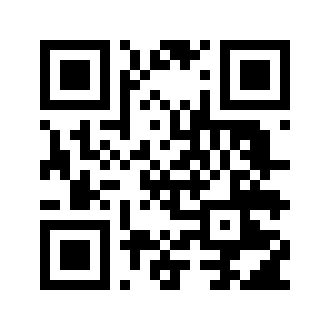I would like to wish everyone a Happy Holiday and a Happy and Healthy New Year on behalf of myself and all of my staff here at LundyLaw. To make sure you and yours are safe, you’ll want to read these helpful winter driving tips. These are good rules of thumb to follow, wherever you live.
Before you drive:
- Give plenty of time to get to where you’re going during the winter.
- Keep the gas tank full.
- Keep the vehicle in proper working condition. Make sure the engine is tuned and the battery, belts, hoses and radiator are checked. Examine tires to make sure they have adequate tread, and keep tires properly inflated.
- Periodically check windshield washing fluid level and only use fluids containing an anti-freeze solvent. Keep an extra container of windshield fluid in the trunk.
- Clear snow and ice from windows, mirrors, hood, headlights, taillights and trunk before driving.
- Keep an ice scraper/snow brush, deicer, small snow shovel, warning devices (flares or triangles), bag of salt or sand, flashlight, battery cables, tire chains, paper towels and a blanket in each vehicle during the winter.
When you drive:
- Excessive speed is the second most common cause of deadly auto accidents. Drive at a reduced speed and drive defensively.
- Always wear a seatbelt.
- Watch out for wet leaves – riding over them can cause you to skid.
- Always turn on headlights during inclement weather.
- Maintain at least twice the normal following distance when driving on snow or ice. Rear-end collisions account for most winter crashes.
- Maintain a distance of at least six car lengths behind a snow plow.
- Do not pass a snow plow because the plow blades are wider than the truck.
- Use extra care when driving on a bridge or elevated ramp during the winter because they freeze sooner than roads built on the ground.
- Car pool or use mass transit whenever possible during the winter. Fewer cars on the road makes travel safer during a snow storm and expedites snow plowing operations.
Oh, and a special word about drinking and driving.
You’re more likely to run into (excuse the pun) intoxicated drivers during the holidays than at other times of the year. In fact, New Years is the single deadliest holiday of the year, so take extra care.
If you drink, the legal limit for intoxication is a blood alcohol content between .08 and .10, although the limits vary from state to state. If you’re under 21 you may not drive with a BAC of higher than .02. Again, this varies by location. However, if your driving is demonstrably impaired, there is NO MINIMUM. If it’s one drink, it’s one drink. So, in short, don’t drink and drive. It’s not worth it.
Also, remember not to talk or text while you drive. Please. Drivers are four times more likely to be involved in an accident when they use a cell phone or text while driving. So, when someone calls you to wish you a Happy New Year, let it go. You can call them back when you get home.
Lundy Law would rather see you safe and sound.
















